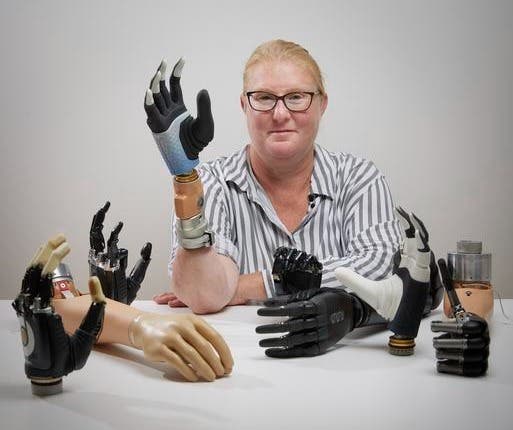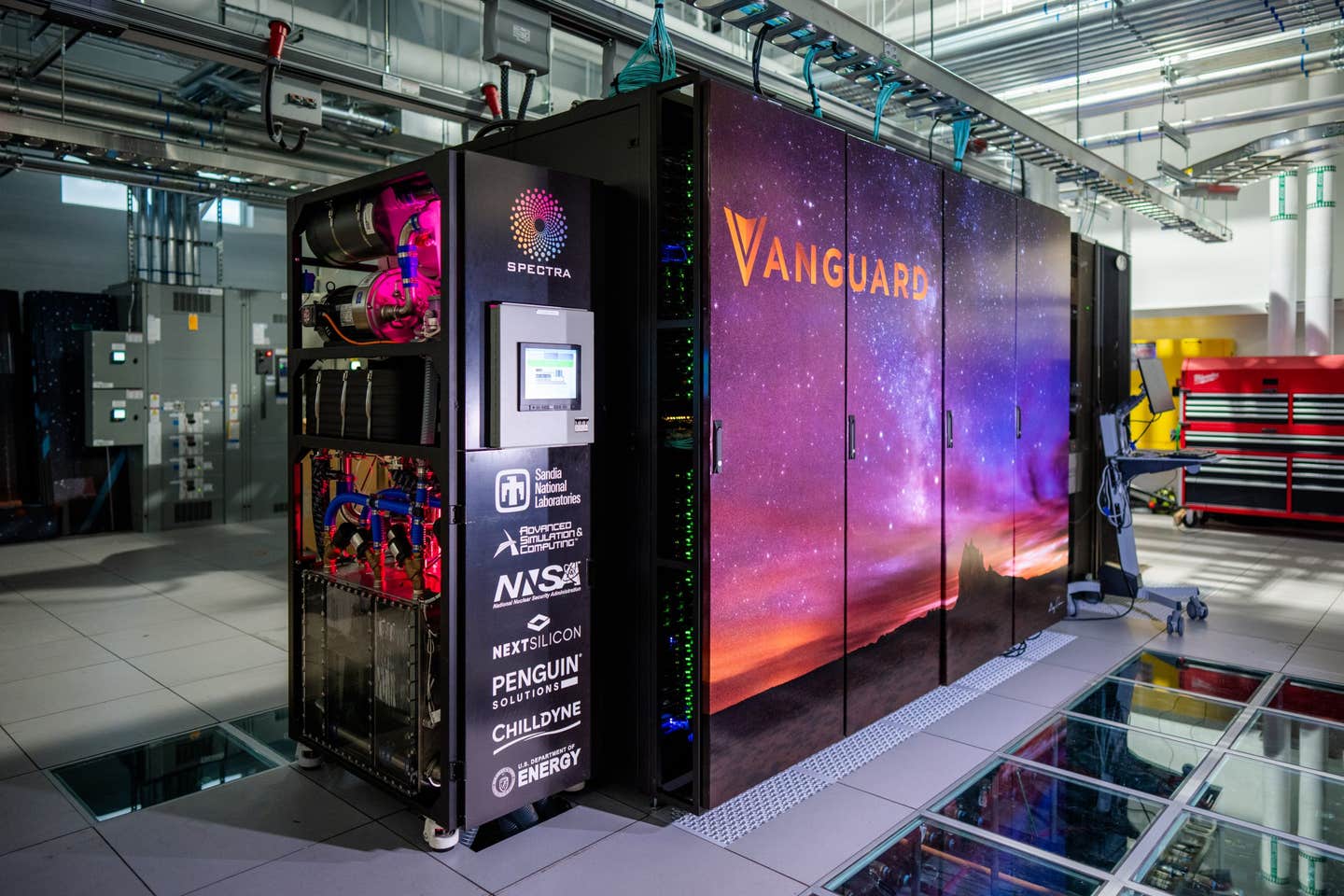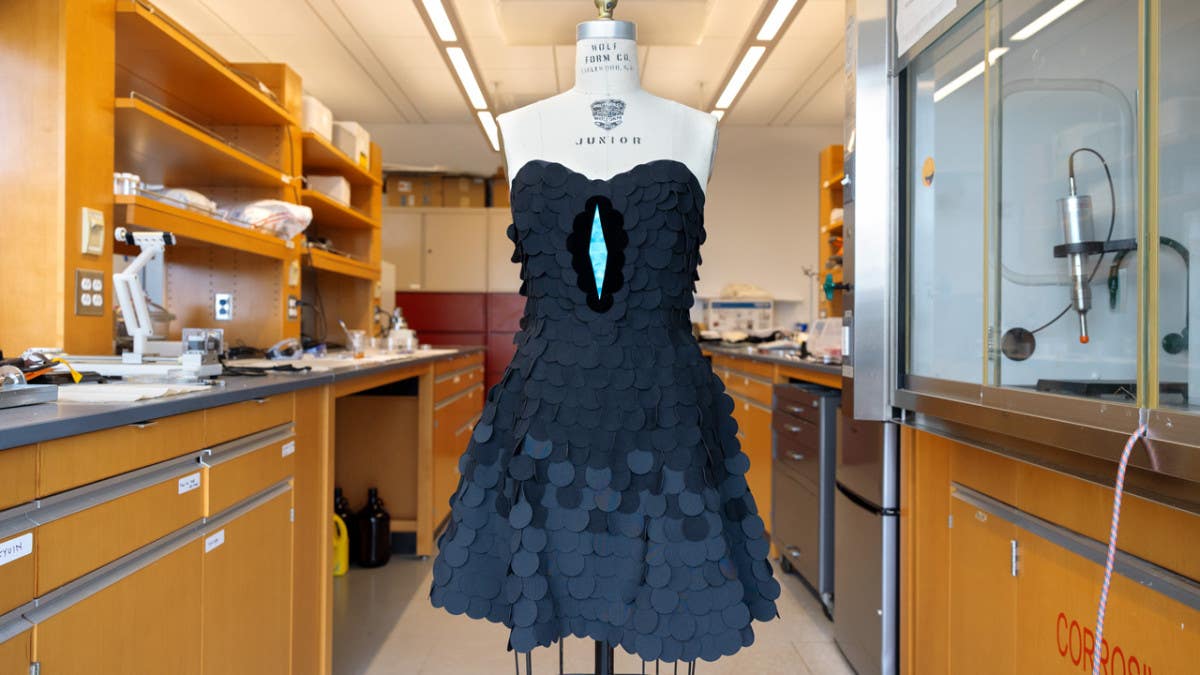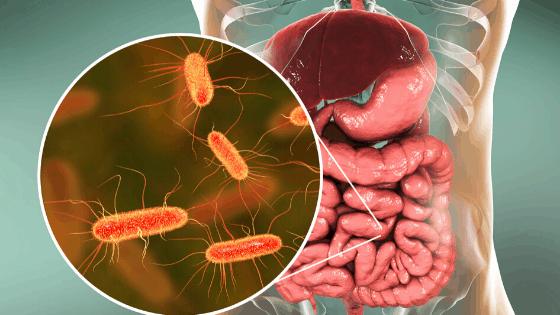First-ever bionic hand actually merges with user’s nervous and skeletal systems
In a world increasingly reliant on the merging of man and machine, the boundaries of what is possible are being stretched beyond imagination

[Nov. 12, 2023: Staff Writer, The Brighter Side of News]
A highly integrated bionic hand in between many others. (CREDIT: Ortiz-Catalan et al., Sci. Rob., 2023)
In a world increasingly reliant on the merging of man and machine, the boundaries of what is possible are being stretched beyond imagination. This narrative is brought to life through the story of Karin, a woman who lost her right arm in a tragic farming accident over two decades ago.
Her heart-wrenching quote captures her ordeal, “It felt like I constantly had my hand in a meat grinder, which created a high level of stress and I had to take high doses of various painkillers.” Yet, her life dramatically shifted due to a state-of-the-art bionic innovation.
A New Dawn in Prosthetic Technology
Post her accident, Karin grappled not only with the phantom limb pain but also found conventional prostheses inadequate. Their unreliability and discomfort made daily tasks an uphill battle. However, a groundbreaking fusion of human and machine heralded a new chapter in her life.
Related Stories
The traditional pain points of artificial limb replacement revolve around two challenges: mechanical attachment and reliable control. A significant percentage of amputees often find themselves rejecting even the most technologically advanced prostheses due to these pitfalls.
But Karin's story takes a transformative turn when a pioneering group of engineers and surgeons teamed up to craft a cutting-edge human-machine interface. For those keen to visualize the innovation, a comprehensive look can be gleaned at this video below.
The Minds Behind The Magic
Leading this revolutionary research was Prof. Max Ortiz Catalan. As the head of neural prosthetics research at Australia's Bionics Institute and the founder of the Center for Bionics and Pain Research (CBPR) in Sweden, Prof. Catalan is no stranger to the intricate complexities of bionic technology.
Speaking about the life-changing innovation, he says, “Karin was the first person with below-elbow amputation who received this new concept of a highly integrated bionic hand that can be used independently and reliably in daily life."
Notably, the challenges of a below-elbow amputation are manifold. Two bones, the radius and ulna, must be aligned and loaded equally, while the space available for implanted and prosthetic components is limited. Yet, Prof. Catalan's team overcame these hurdles, creating a neuromusculoskeletal implant that bridges the gap between a user's biological control system, their nervous system, and the electronic control system of the prosthesis.
First person with a below-elbow amputation who received a bionic hand directly connected to her neuromusculoskeletal system. (CREDIT: Ortiz-Catalan et al., Sci. Rob., 2023)
In Karin's words, this breakthrough meant not only "better control over my prosthesis, but above all, my pain has decreased. Today, I need much less medication.”
At the heart of this novel bionic technology lies the process of osseointegration. In essence, it involves bone tissue enveloping titanium to form a robust mechanical connection. Prof. Rickard Brånemark, a leading light in the osseointegration domain, explains, “The biological integration of titanium implants into bone tissue creates opportunities to further advance amputee care."
Karin with her integrated bionic hand and Prof. Max Ortiz Catalan. (CREDIT: Ortiz-Catalan et al., Sci. Rob., 2023)
The Synergy of Surgery and Robotics
Nerves and muscles play a critical role in maximizing the functionality of the prosthesis. Dr. Paolo Sassu, who has a commendable track record in reconstructive surgeries, led the team that rearranged the nerves and muscles in Karin's residual limb. His insights underscore the significance of choosing the right solution for amputees, be it biological or bionic.
Adding to this collaborative endeavor was the European Commission-funded "DeTOP project." Coordinator Prof. Christian Cipriani of Scuola Sant’Anna, Pisa, emphasizes the powerful impact of merging top-notch prosthetic and robotic technologies.
The highly integrated bionic hand in use. (CREDIT: Ortiz-Catalan et al., Sci. Rob., 2023)
One such marvel is the Mia Hand, developed by Prensilia. Boasting unique motor and sensory components, this robotic hand ensures that users can carry out a staggering 80% of daily activities. Dr. Francesco Clemente, Managing Director of Prensilia, articulates the holistic vision behind Mia Hand, emphasizing its aesthetic appeal alongside its technical prowess.
Karin's poignant journey from despair to hope underscores the boundless possibilities that arise when innovation meets compassion. Today, she stands as a beacon of hope, showcasing the transformative power of science and technology. As the world moves forward, stories like Karin's serve as a testament to human resilience and the relentless pursuit of bettering lives through research and innovation.
Note: Materials provided above by The Brighter Side of News. Content may be edited for style and length.
Like these kind of feel good stories? Get the Brighter Side of News' newsletter.



